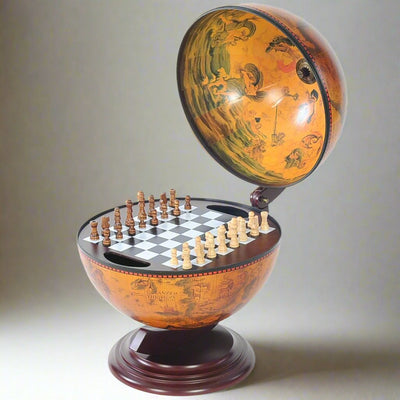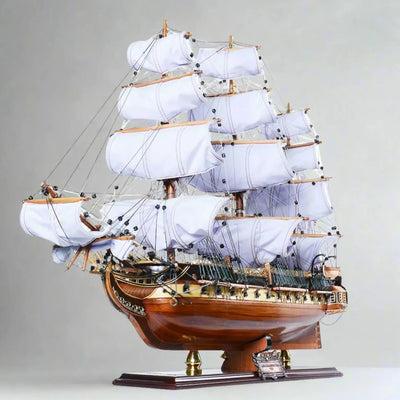Discover the Unique WWI and WWII Airplane Propeller Designs

Imagining how World War I pilots flew the airplanes without navigational aids will throw you into an abyss of thoughts of how possible that was. Pilots would instead rely on any maps they could find to fly a plane from one point to the other. They could use a school map or a roadmap to aid navigation, and landing in a field to ask for direction was not a surprising thing to do. Some may argue that World War I (WWI) airplanes were so basic. They were open, and the instruments used were generally rudimentary. However, during World War I and II, many technological advancements in the aviation industry were witnessed. For instance, over 50 different aircraft designs during WWI, with about five different technological advancements. In this article, we will focus on the propeller designs of airplanes during WWI and WWII.
World War I Airplanes’ Propellers
All airplanes during WWI utilized wooden propellers. The propeller was mounted onto a shaft of cylinder engine, and the engine could be started by giving the propeller a strong swing. These propellers were handcrafted using robust pinewood.
Mahogany was a popular wood for propellers during World War I, but the scarcity of this tree worldwide encouraged the use of walnut, cherry, ash, and oak. However, spruce has been and continues to be the preferred wood for wooden airplanes because it does not splinter or split easily when hit by bullets. Nowadays, most people buy propeller wall art to give their home a vintage look from World War I. The propeller décor is ideal for giving your home a cozy feel, taking your visitors back in time.
Then, wood was cheap, plentiful, and the skills to form high-quality propellers out of wood already existed. Wooden propellers were well suited to the relatively low power of the engines of the era.
The propellers were not manufactured from a single piece of wood but thin planks glued together. This process made it solid and easy to manufacture.
How Airplanes’ Propellers Changed in World War II

The planes changed significantly in WWII. Planes were now aerodynamic and made of aluminum. WWII airplanes’ propellers change because of these reasons.
As engines grew more powerful, airframes heavier, and performance demands higher, metal became a better alternative due to its strength, precision, and ability to form more advanced airfoils consistently.
During WWII, several five-bladed propellers as used on later Spitfires and other aircraft were made out of 'improved wood,' a form of compressed wood material. These propellers were robust and lighter than the alloy blades of the time. Besides, aluminum was a strategic material needed for making the aircraft.
Final Thought
For the power generated by the engines of the day, wood was sufficient as material for both World War I and World War II propellers. It was much easier to make wooden propellers in large quantities. The development of engines gave way to metal propellers, but the wood was still found on some parts of planes during WWII.
Discover Your New Favorite Airplane Decor
Add a touch of aviation history to your space with this Airplane Propeller Decor Replica. These wooden propellers are perfect for airplane propeller decor, airplane wall art, or plane propeller wall decor. These propellers were used in iconic aircraft like WWI and WW2 biplanes. Its authentic design and attention to detail make it a true statement piece, adding character to any room. Shop Here!





Leave a comment